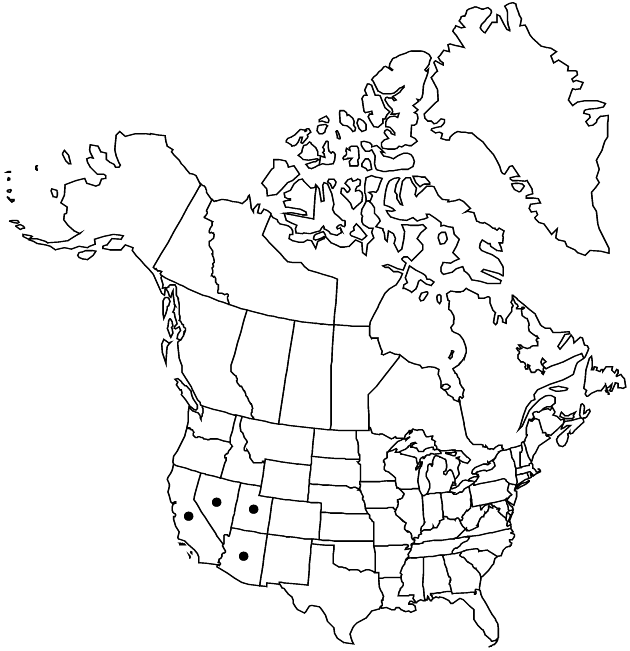Difference between revisions of "Stylocline intertexta"
Madroño 39: 121, fig. 3. 1992.
imported>Volume Importer |
imported>Volume Importer |
||
| Line 51: | Line 51: | ||
|publication year=1992 | |publication year=1992 | ||
|special status=Endemic | |special status=Endemic | ||
| − | |source xml=https:// | + | |source xml=https://bitbucket.org/aafc-mbb/fna-data-curation/src/2e0870ddd59836b60bcf96646a41e87ea5a5943a/coarse_grained_fna_xml/V19-20-21/V19_750.xml |
|tribe=Asteraceae tribe Gnaphalieae | |tribe=Asteraceae tribe Gnaphalieae | ||
|genus=Stylocline | |genus=Stylocline | ||
Latest revision as of 19:55, 5 November 2020
Plants 2–8(–11) cm. Leaves acute, mucronate, longest 6–15 mm; largest capitular leaves (all) ± elliptic to ± oblanceolate (widest in distal 2/3), 4–11 × 1–2.5 mm (distalmost mainly 0.8–1.2 times head heights). Heads in ± paniculiform to cymiform, rarely dichasiform, arrays, ± spheric, largest 5–6 mm, thickly lanuginose. Phyllaries 0, vestigial, or falling, ± subulate, mostly 0.1–0.5 mm, unequal. Receptacles cylindric, 1.4–2.7 mm, heights 4–7 times diams.; scars ± evenly distributed, mamillate. Pistillate paleae: longest 3.4–4.2 mm, winged distally; wings elliptic to ovate, widest in distal 1/3 of palea lengths; bodies cartilaginous; outermost paleae ± saccate. Functionally staminate florets 3–6; ovaries vestigial, 0–0.3 mm; corollas 1.1–2.3 mm. Cypselae 1–1.4 mm, obcompressed; pappi: staminate rarely 0, usually of 1–4(–8) smooth to barbellulate bristles 1.1–2 mm.
Phenology: Flowering and fruiting Feb–May.
Habitat: Open, stable, often calcareous desert gravels, sands, often with extra moisture (rock bases, shrub drip lines, dry drainages, depressions)
Elevation: 40–1400 m
Distribution

Ariz., Calif., Nev., Utah.
Discussion
Stylocline intertexta is known from the Mojave and northwestern Sonoran deserts. It combines character states of S. micropoides and S. psilocarphoides, is often sympatric with both, and appears to be stable, uniform, and reproducing independently. Stylocline intertexta shares most character states with S. micropoides. Presence of some subulate to lanceolate capitular leaves in S. micropoides helps distinguish the species in the field.
Selected References
None.